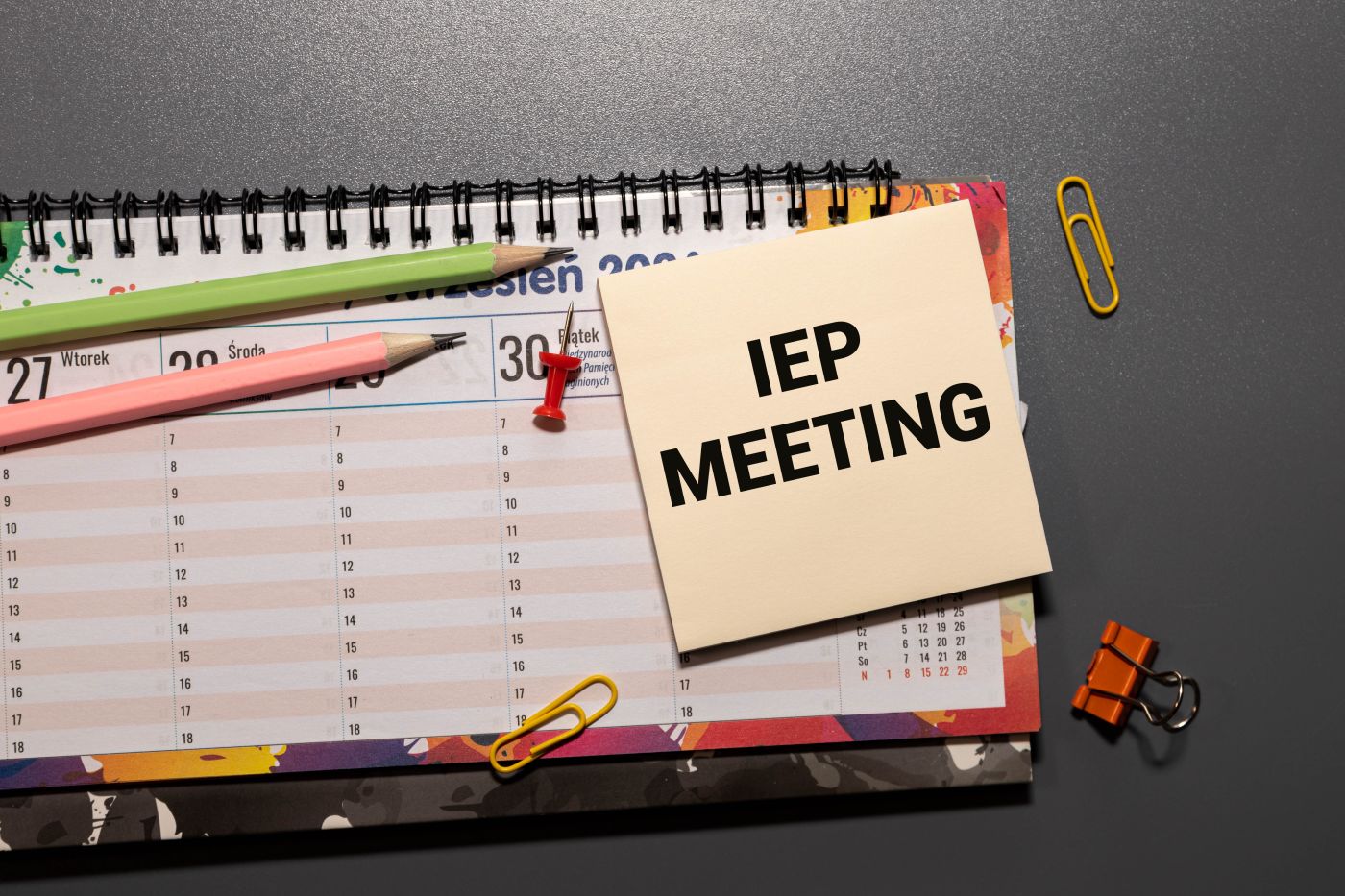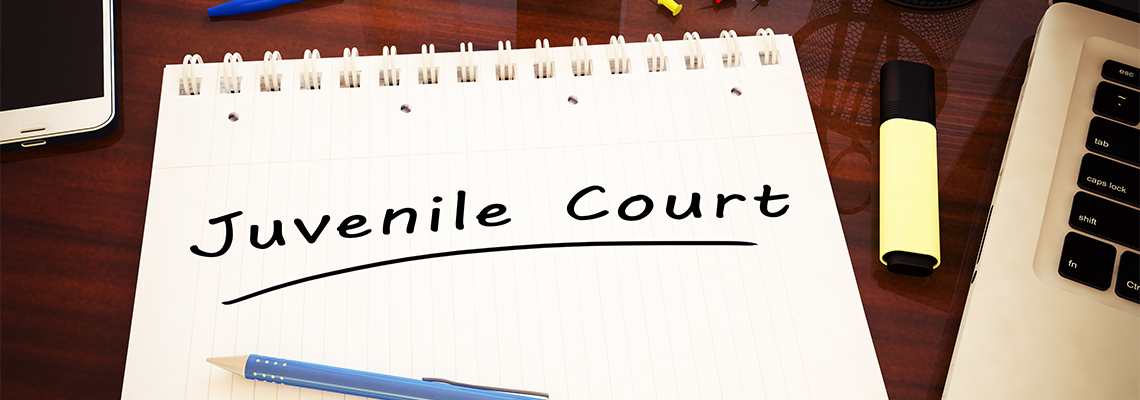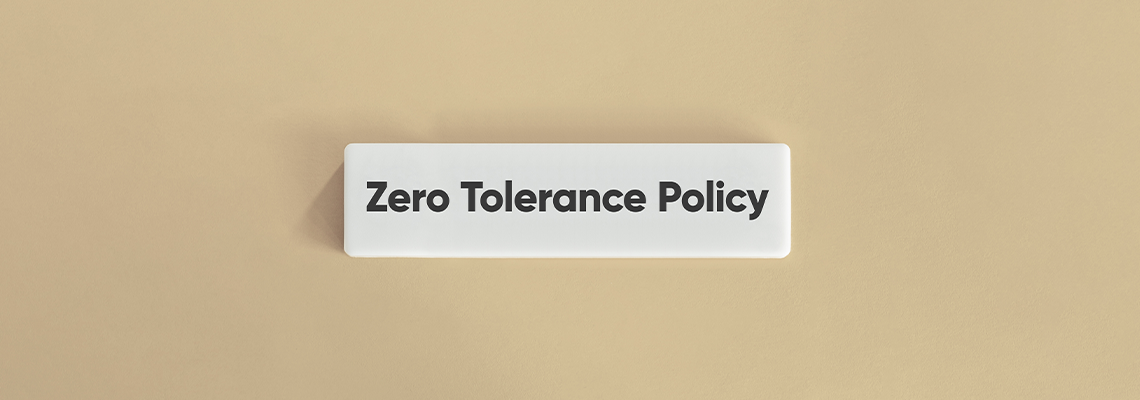When it comes to ensuring educational equality for students with diverse needs, understanding the difference between IEP and 504 is crucial.
These two acronyms, IEP (Individualized Education Plan) and 504 (Section 504 Plan), are often used interchangeably, but they represent distinct approaches to supporting students.
Let's delve into the nuances of these plans to empower parents, educators, and communities in fostering an inclusive learning environment.
Tailoring Education for Individual Success
An IEP is a personalized plan designed to meet the unique needs of a student with a disability. It is a comprehensive document that outlines specific educational goals, services, and accommodations. Through active collaboration between educators, parents, and specialists, the IEP aims to ensure that students receive the necessary support to thrive academically.
The Essence of Customization
At the heart of the IEP framework lies the essence of customization. It begins with a thorough assessment that dissects a student's learning profile, identifying strengths, challenges, and individual learning preferences. This comprehensive understanding serves as the foundation for tailoring every aspect of their educational journey.
Collaborative Effort for Comprehensive Insight
Crafting an effective IEP is not a solitary endeavor; rather, it is a collaborative effort involving educators, parents, and, where applicable, the student. This multifaceted collaboration ensures a holistic view of the student's capabilities and challenges, allowing for a more nuanced and effective educational plan.
Beyond Accommodations
IEPs move beyond the realm of accommodations, embracing a more proactive stance with personalized learning strategies. These strategies can encompass various elements, from specialized teaching methodologies to the integration of assistive technologies. The goal is not merely to adapt to challenges but to actively enhance the learning experience.
Addressing Diverse Learning Styles
Recognizing that every student learns differently, IEPs incorporate strategies that resonate with individual learning styles. Whether it involves visual aids, auditory resources, or hands-on activities, the focus is on creating an inclusive environment where each student can thrive.
Adaptable and Responsive
The success of an IEP lies in its adaptability. Regular progress monitoring serves as a dynamic feedback loop, allowing educators to gauge the effectiveness of the strategies employed. This ongoing assessment ensures that the educational plan remains responsive to the evolving needs and progress of the student.
Adjustments for Continuous Growth
The adaptability of IEPs enables timely adjustments. If certain strategies prove more effective than others or if new challenges arise, the IEP can be modified to better support the student. This commitment to continuous improvement is key to fostering sustained academic and personal growth.
Beyond the Classroom
IEPs extend their impact beyond immediate academic goals. Transition planning becomes integral, especially for students approaching significant milestones like graduation. This forward-looking aspect of IEPs prepares students for life beyond the educational system, emphasizing skills essential for independent living and successful employment.
Life Skills Integration
Transition planning within IEPs focuses on equipping students with life skills. From financial literacy to effective communication and problem-solving, the aim is to foster independence and empower students to navigate the challenges of adulthood confidently.
Ensuring Equal Access
On the other hand, a 504 Plan, under Section 504 of the Rehabilitation Act, focuses on removing barriers that may hinder a student's participation in school activities due to a disability. It does not create individualized academic goals but provides accommodations and modifications to ensure equal access to education. Understanding the scope and purpose of a 504 Plan is essential for creating an inclusive educational environment.
Broad Eligibility Criteria
One key aspect that distinguishes Section 504 from IEPs is the broader eligibility criteria. While IEPs are specifically designed for students with identified disabilities requiring specialized education, 504 Plans encompass a wider range. They include students whose disabilities might not necessitate specialized instruction but still require accommodations for equal access.
Comprehensive Assessment of Barriers
The initiation of a 504 Plan involves a comprehensive assessment of the physical and systemic barriers that may impede a student's access to education. This assessment considers factors such as architectural obstacles, communication challenges, and the need for auxiliary aids or services.
Tailoring Accommodations for Inclusivity
Unlike the personalized learning strategies emphasized in IEPs, 504 Plans predominantly focus on accommodations. These accommodations are tailored to remove identified barriers. Examples include providing accessible classroom materials, modifying testing conditions, or ensuring physical access to school facilities.
Collaborative Decision-Making
Similar to IEPs, the creation and implementation of a 504 Plan involve collaboration. Parents, educators, and relevant school personnel work together to identify barriers and agree on appropriate accommodations. This collaborative approach ensures that the plan aligns with the student's needs while fostering a sense of shared responsibility.
Proactive Implementation
Once developed, a 504 Plan is proactively implemented to guarantee equal access on a day-to-day basis. This involves training educators and staff on the specifics of the plan, ensuring that accommodations are seamlessly integrated into the educational environment, and creating a supportive atmosphere for the student.
Continuous Adaptation
The effectiveness of a 504 Plan hinges on continuous monitoring and evaluation. As the student progresses through different grades and encounters new challenges, the plan is adapted to meet evolving needs. This ongoing evaluation ensures that the educational environment remains inclusive and supportive.
Responsive Adjustments
Should the need arise, adjustments to the plan are made promptly. Whether it involves modifying existing accommodations or introducing new ones, the responsiveness of the 504 Plan ensures that barriers are promptly addressed, allowing the student to navigate their educational journey with equality.
Key Differences
Scope of Coverage
IEP: Primarily for students who require special education services due to a qualifying disability affecting academic performance.
504 Plan: Addresses the needs of students with disabilities that substantially limit one or more major life activities, extending beyond academics.
Eligibility Criteria
IEP: Requires the student to meet specific eligibility criteria and demonstrate a need for specialized instruction.
504 Plan: Broader eligibility criteria, encompassing any student with a disability that impacts their daily life activities.
Development Process
IEP: Involves a detailed, collaborative process including assessments, goal-setting, and regular reviews.
504 Plan: A less formal process, focusing on identifying necessary accommodations and modifications to ensure equal access.
Services and Accommodations
IEP: Offers a range of services, including specialized instruction, related services, and accommodations tailored to the student's needs.
504 Plan: Provides accommodations and modifications such as changes in classroom setup, extended testing time, or assistive technology.
Importance of Clarity
Understanding the differences between IEP and 504 is pivotal for advocating the right support for each student. While IEP caters to those requiring specialized instruction, a 504 Plan ensures that students with disabilities have equal access to educational opportunities without the need for specialized instruction.
Navigating the Educational Landscape
Parents and educators play a crucial role in navigating the complexities of these plans. Open communication, collaboration, and a clear understanding of each plan's objectives are essential for creating an inclusive educational landscape.
Empowering Parents and Educators
Empowering parents and educators with the knowledge of these differences fosters a supportive environment for students with diverse needs. By recognizing the strengths and limitations of each plan, we pave the way for a more inclusive educational journey.
Related: Why the School to Justice Pipeline?
Conclusion
In conclusion, understanding the difference between IEP and 504 is pivotal in creating an inclusive educational system that meets the diverse needs of all students. At Advocates for the Voiceless we advocate for educational equality, let's strive to ensure that each student receives the support they need to thrive academically and personally.
Visit our IEP and 504 Legal Assistance for more information on how we can provide legal assistance in navigating these plans. For inquiries, contact us or via email at firstopinionhvac@gmail.com. Together, let's build an educational environment that empowers




